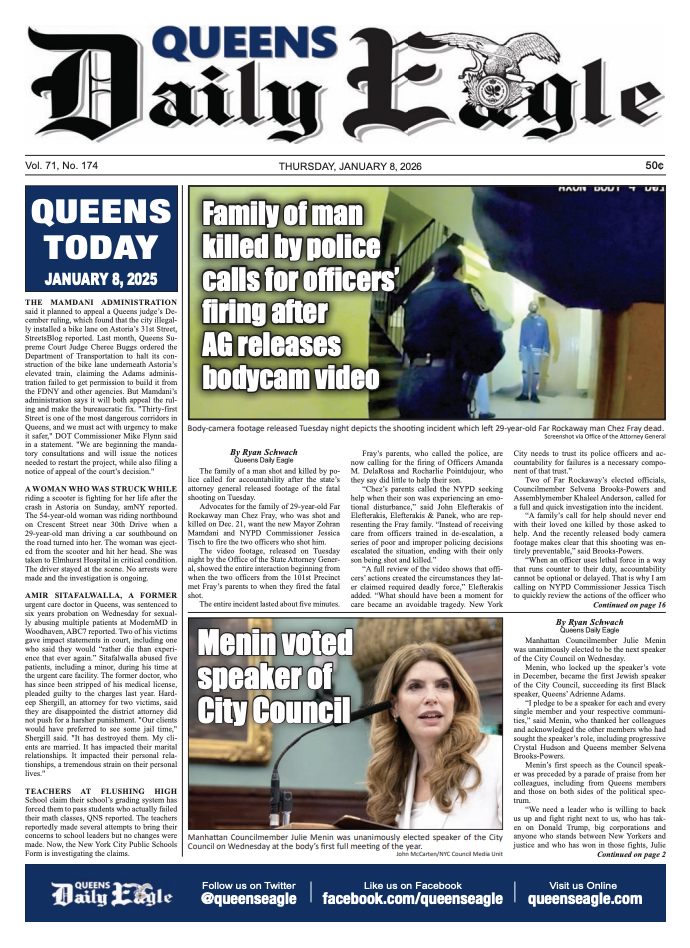Nine candidates compete for Richards’ seat in Queens’ second test of ranked-choice voting
/Beachfront apartments in Far Rockaway. Voters there will choose a new councilmember next month. Photo Benjamin Kanter/Mayoral Photo Office
By David Brand
The ballot is now set in the race to replace Donovan Richards in the city council, with nine candidates in the running for the Feb. 23 special election.
Richards vacated the Council District 31 seat when he took office as Queens Borough President in December 2020, a move that triggered New York City’s second test of its ranked-choice voting system. The first RCV race will take place in Central Queens’ Council District 24 on Feb. 2.
The new format will allow voters to designate their top five choices for office. If no candidate receives 50 percent of the vote, the last place candidate is eliminated and the voters who picked them will have their second choice tallied. That continues until a candidate scores a majority.
Special election rules prevent candidates from running as Democrats or Republicans. Instead, they choose their own one-off party names — in this case, relatively staid
The candidates and their parties, listed in the order that they will appear on the ballot, are:
Selvena Brooks-Powers, Powers for Queens
Manny Silva, People Powered
Pesach Osina, Community Unity
Nancy J. Martinez, Rockaway United
Shawn Rux, Rux For Us
Latanya Collins, Collins 4 Queens
Rev. Sherwyn James, Time For Change
Latoya Benjamin, The Time is Now
Nicole S. Lee, Lee For Jobs
The district is separated into two distinct geographic areas: the Southeast Queens communities of Laurelton, Rosedale and Springfield Gardens, and the eastern Rockaway Peninsula neighborhoods of Arverne, Edgemere and Far Rockaway.
More than two-thirds of the residents are Black, 16 percent are Hispanic, and 11 percent are white, according to U.S. Census data. There is also a large Orthodox Jewish community in Far Rockaway that voted as a bloc for Osina in 2013.
Council District 31 has been one of the sections of New York City hardest hit by the COVID-19 pandemic. There is just one hospital in the district — St. John’s Episcopal — and relatively few other medical facilities.
The district was also slammed by Hurricane Sandy in 2012, and its large populations of low-income residents and public housing tenants, predominantly people of color, are particularly vulnerable to rising seas, storms and flooding related to the climate crisis.
For more information on the candidates check out the Queens Eagle’s coverage of the race at bit.ly/2L81b2a.




